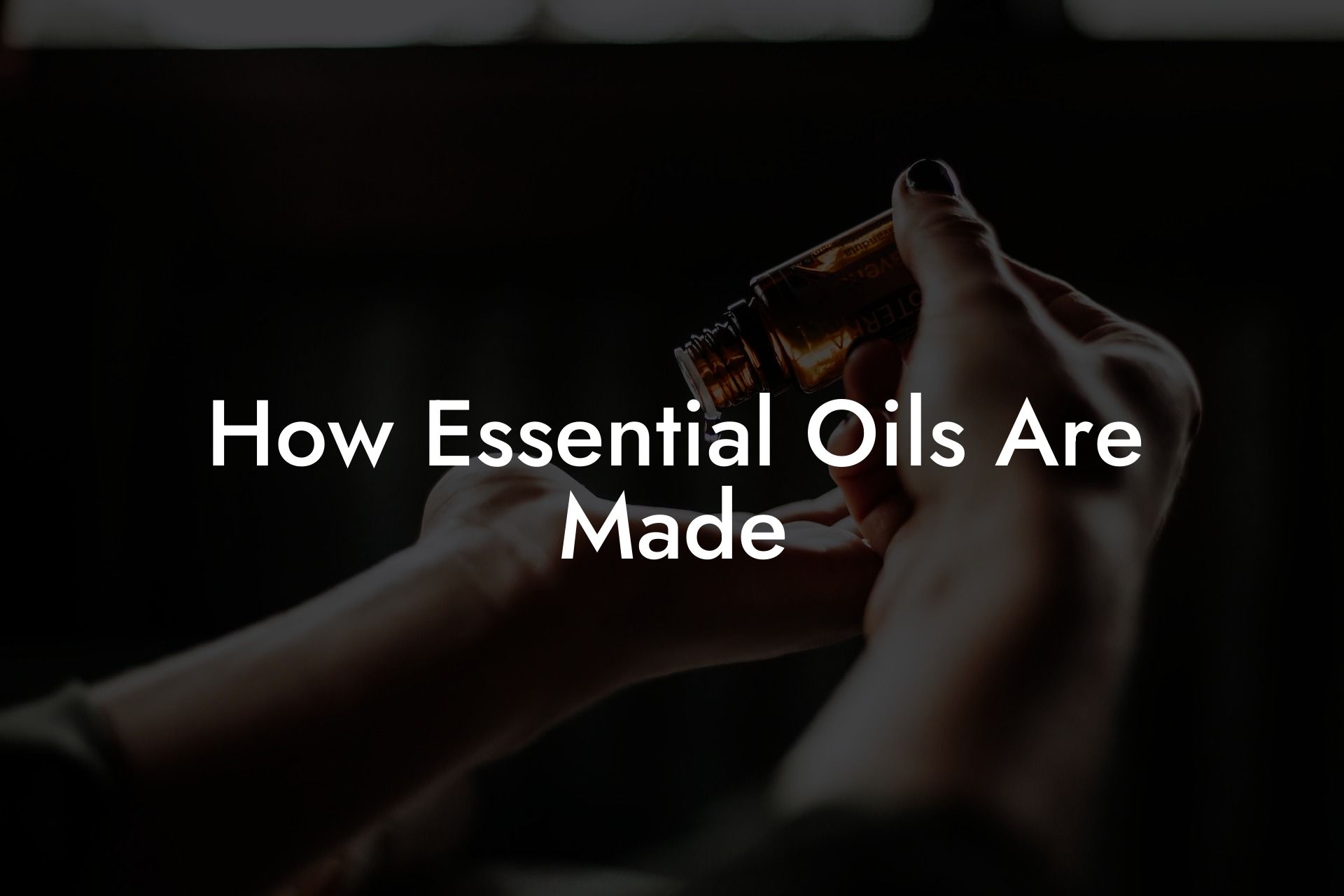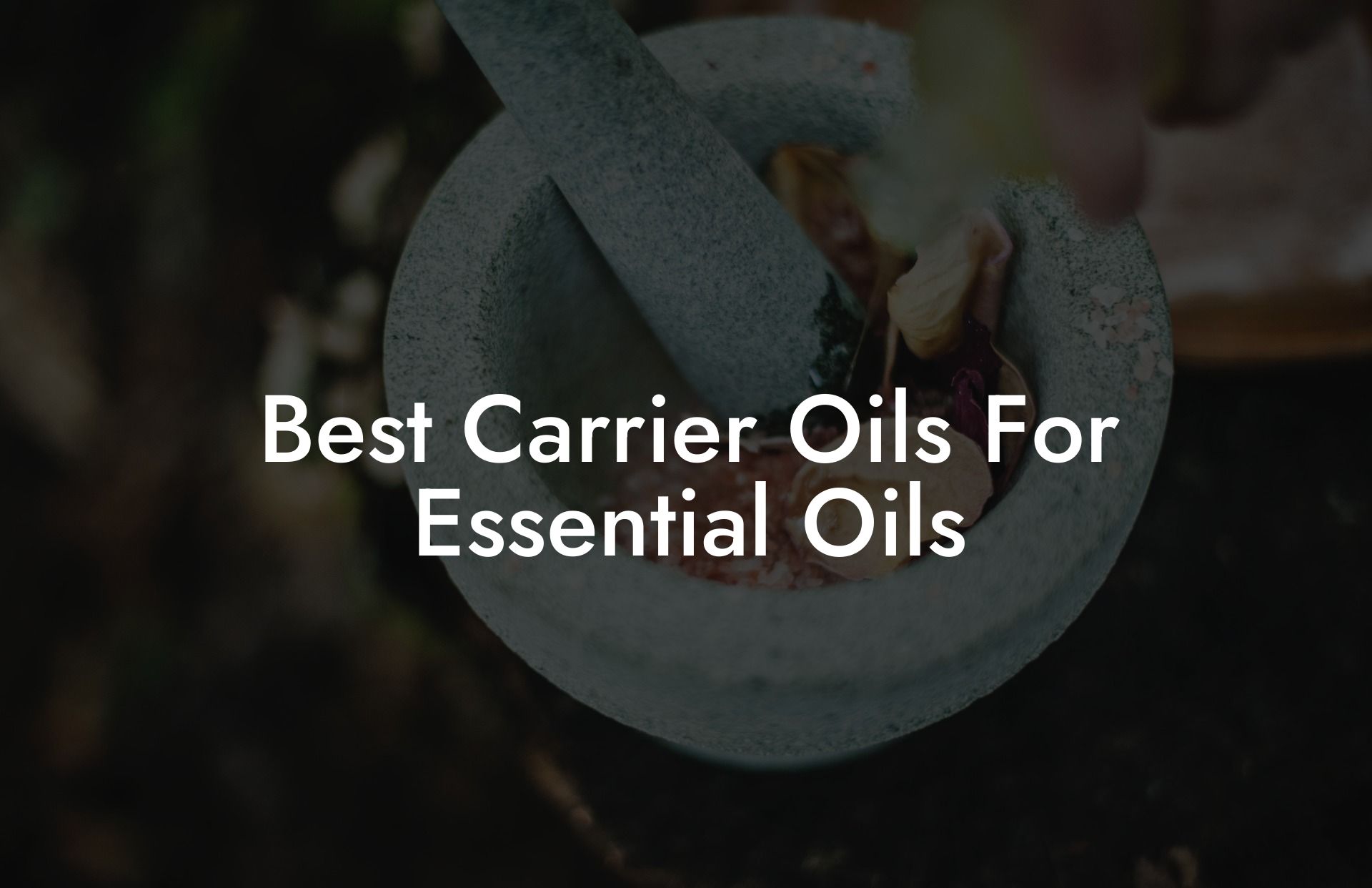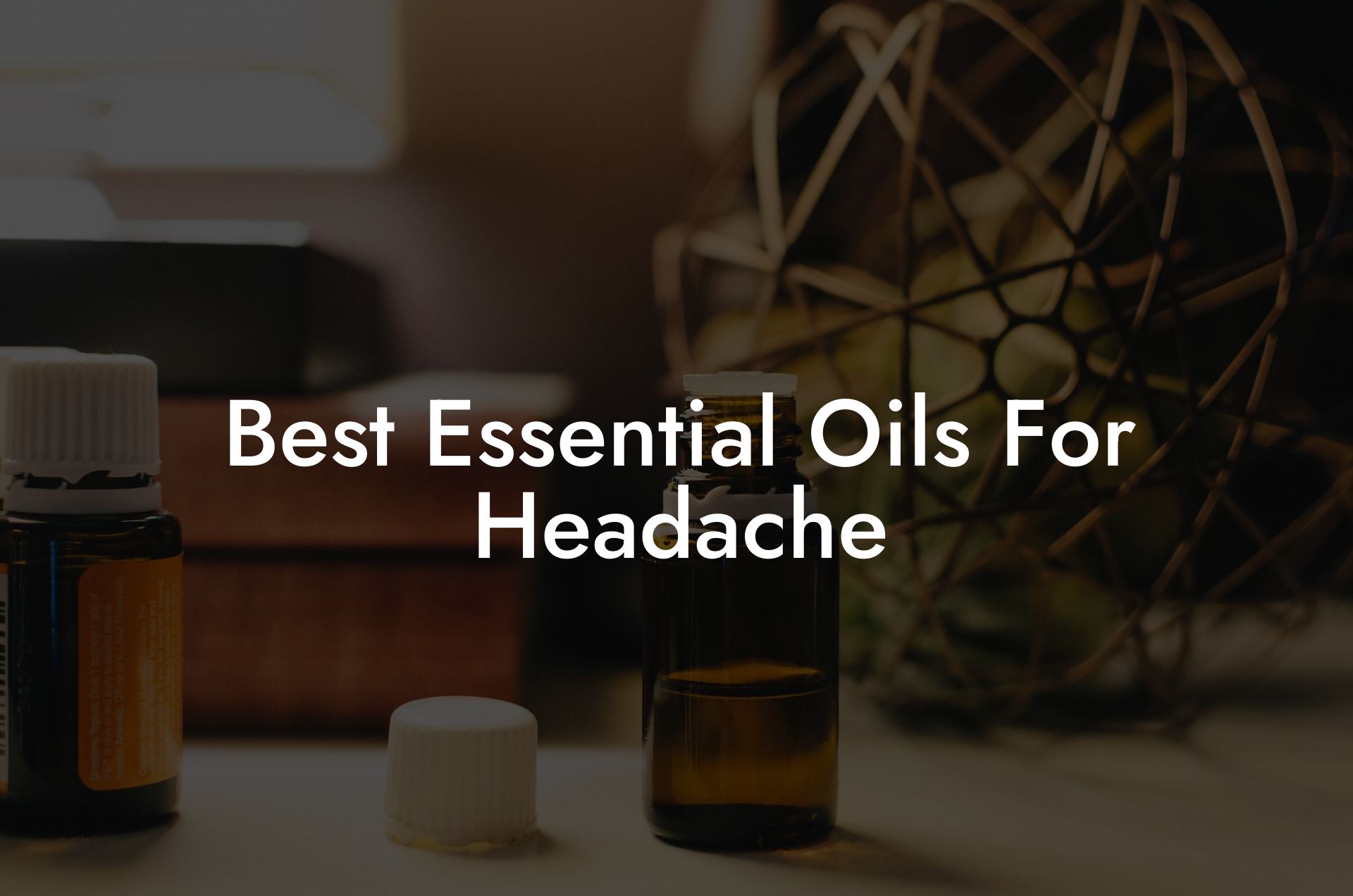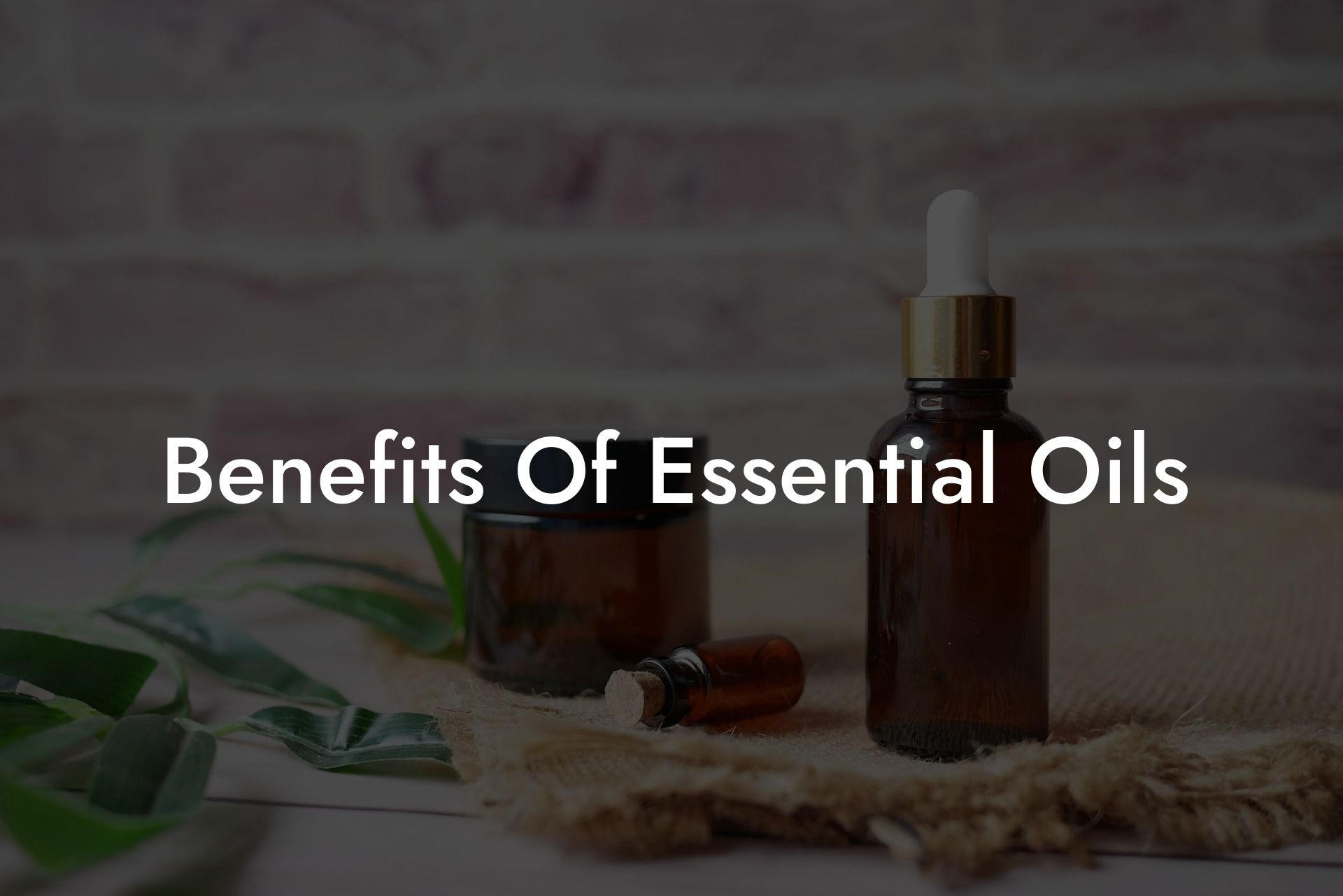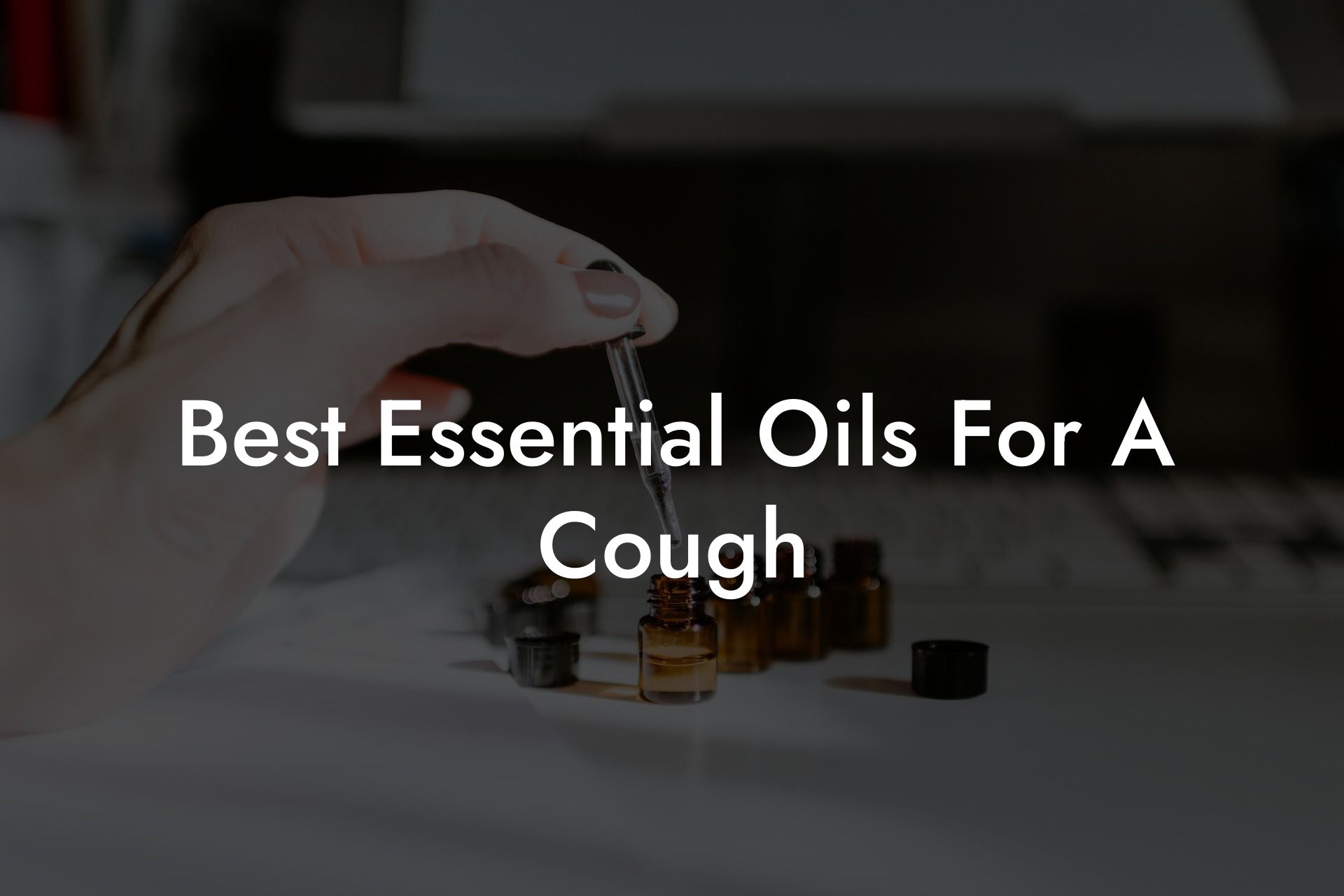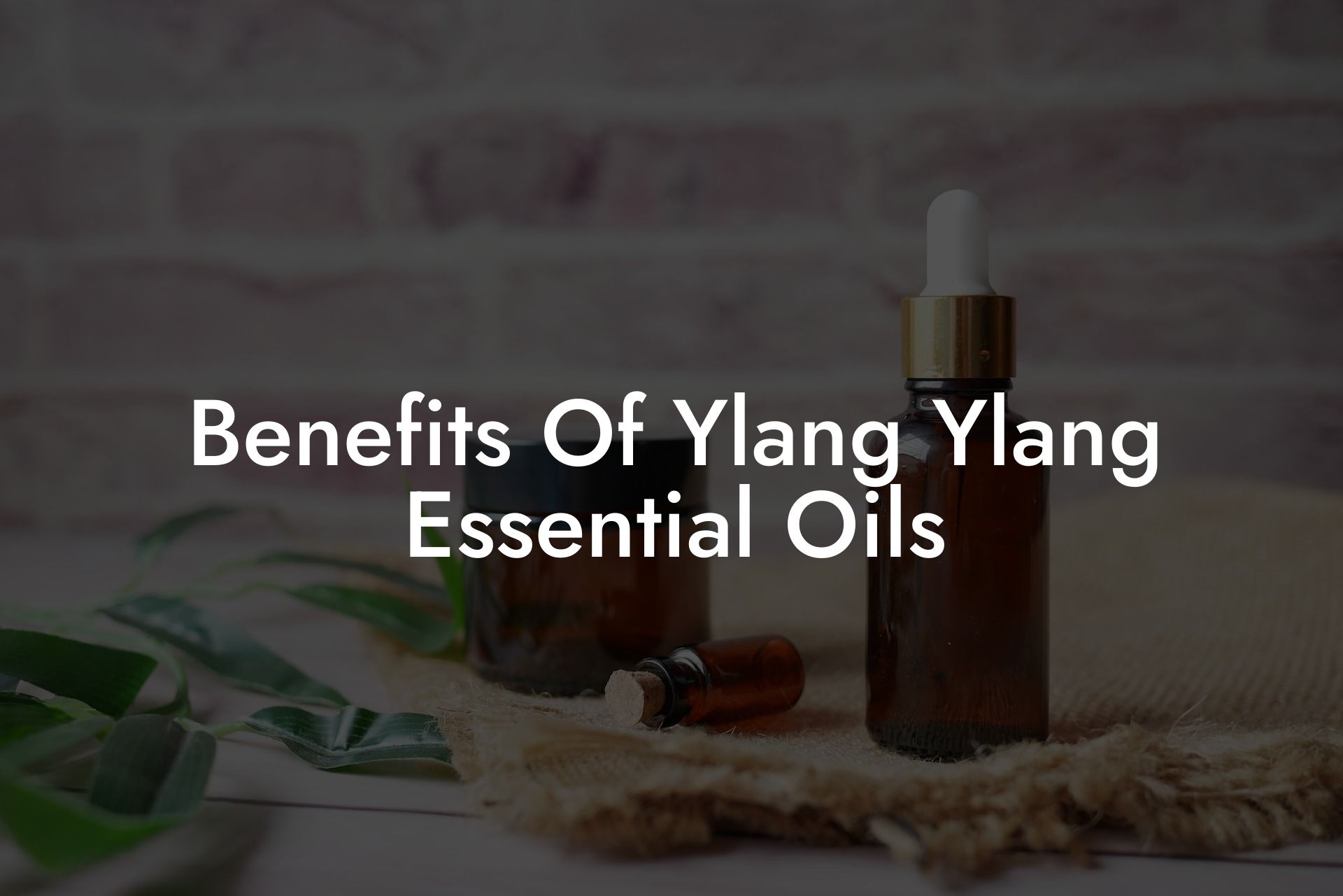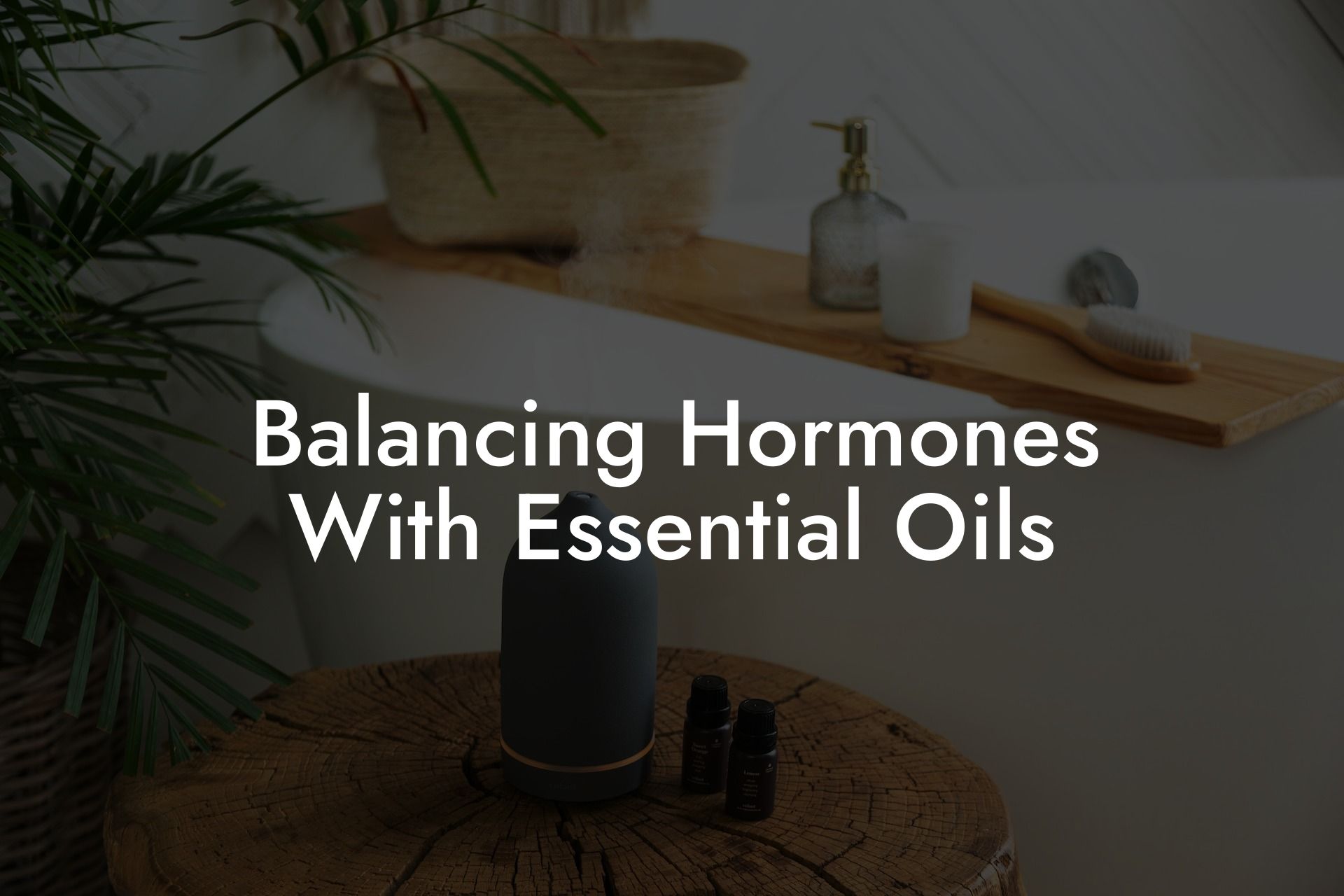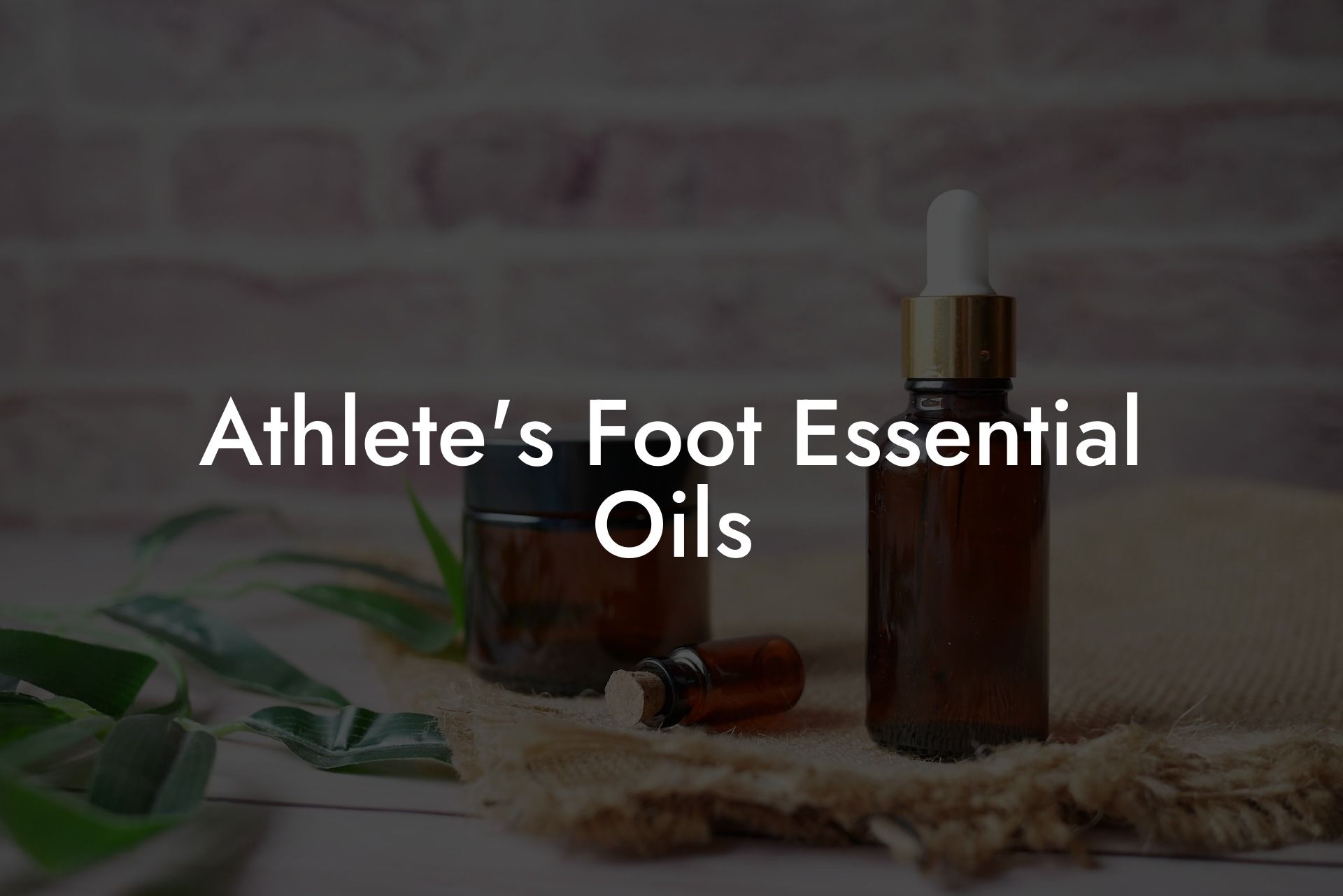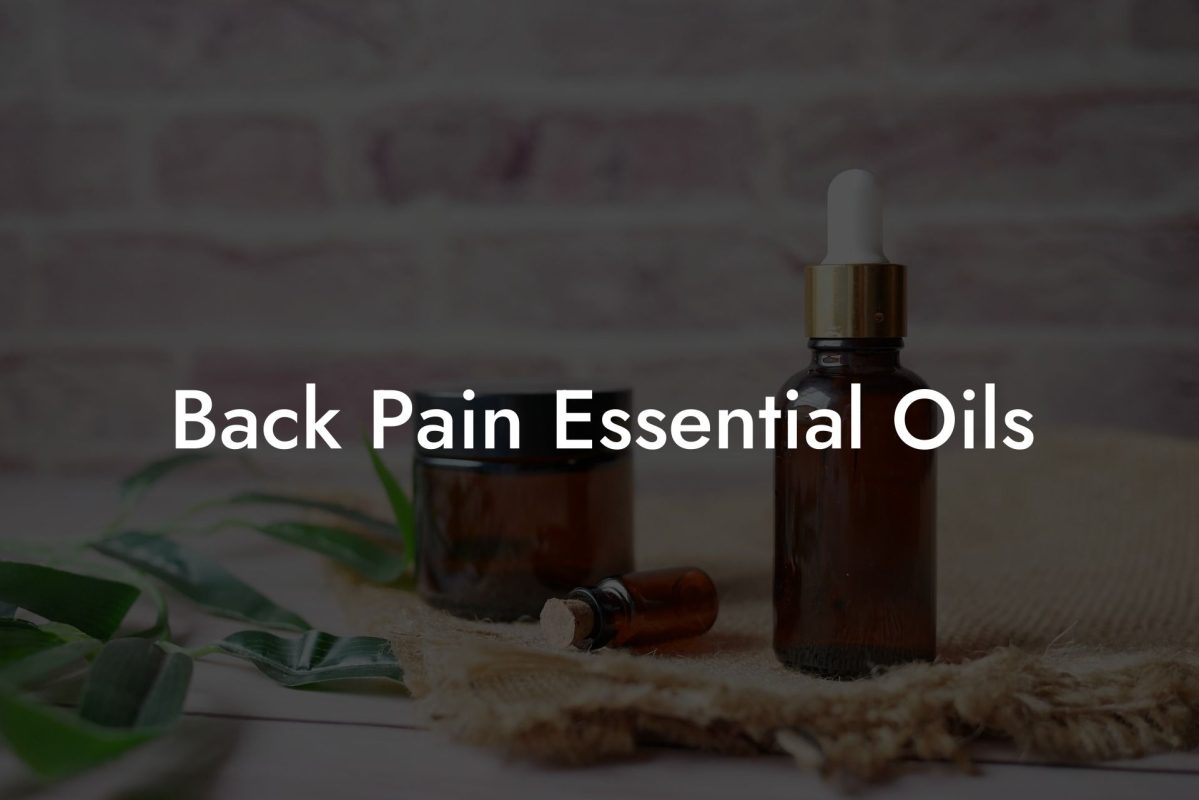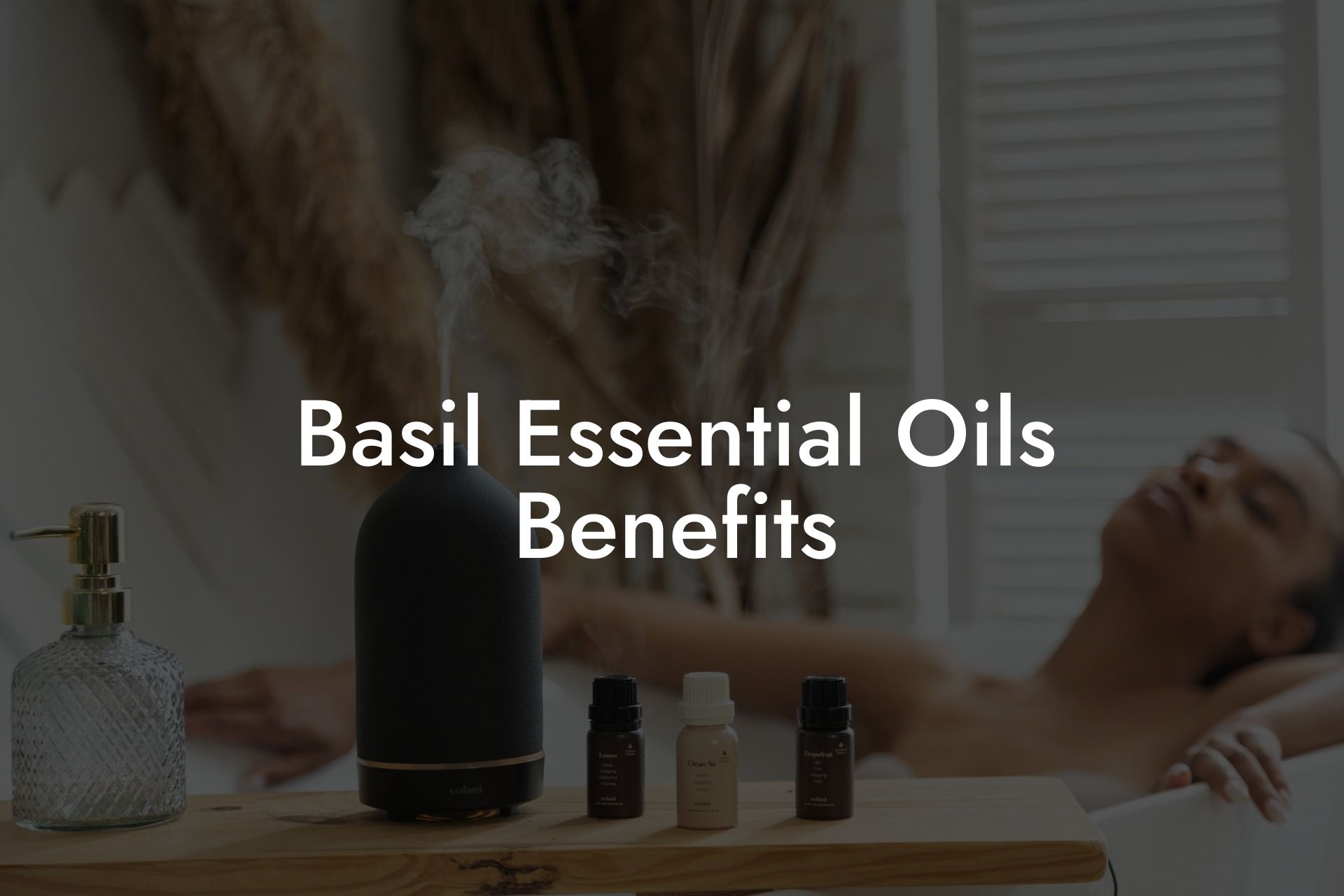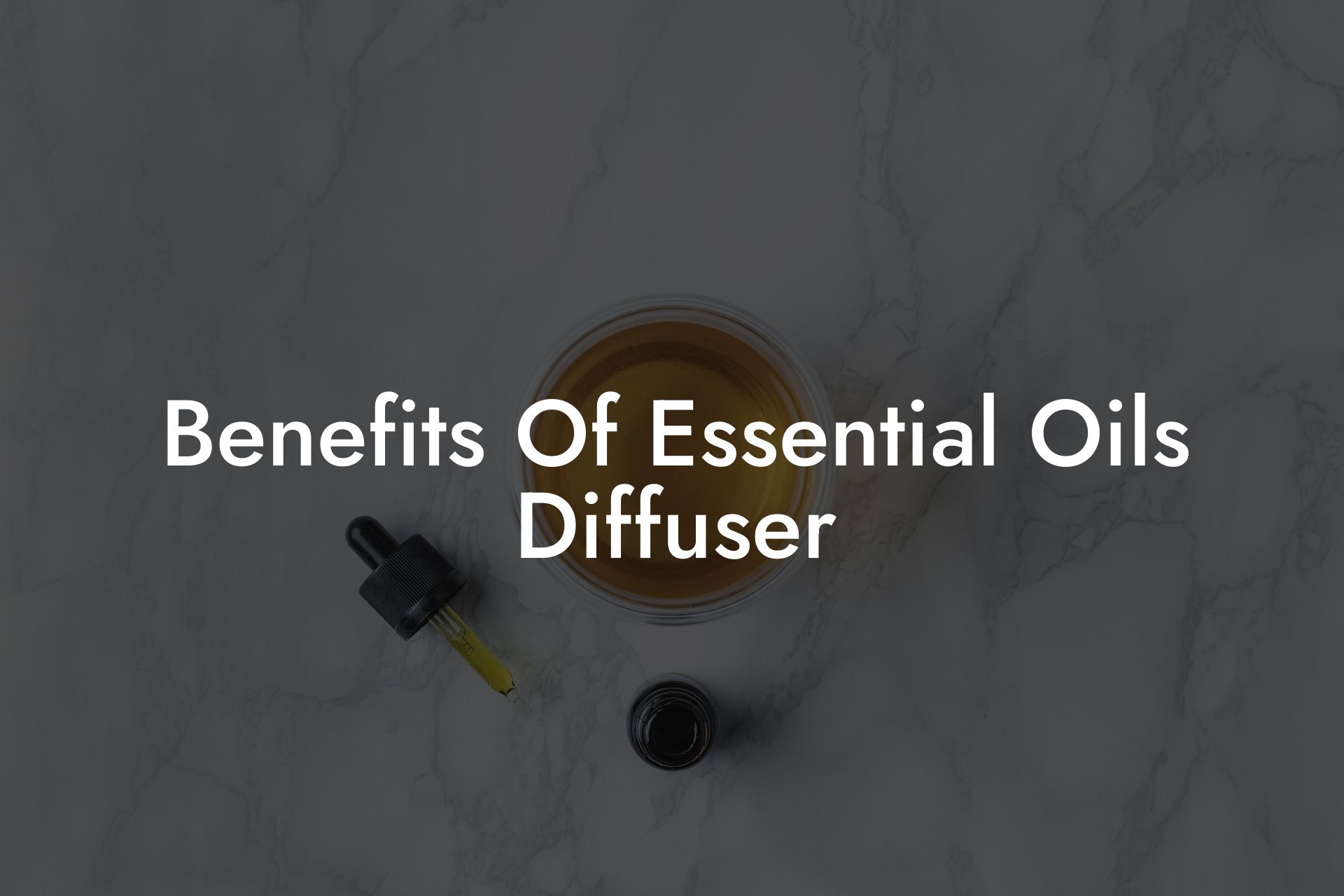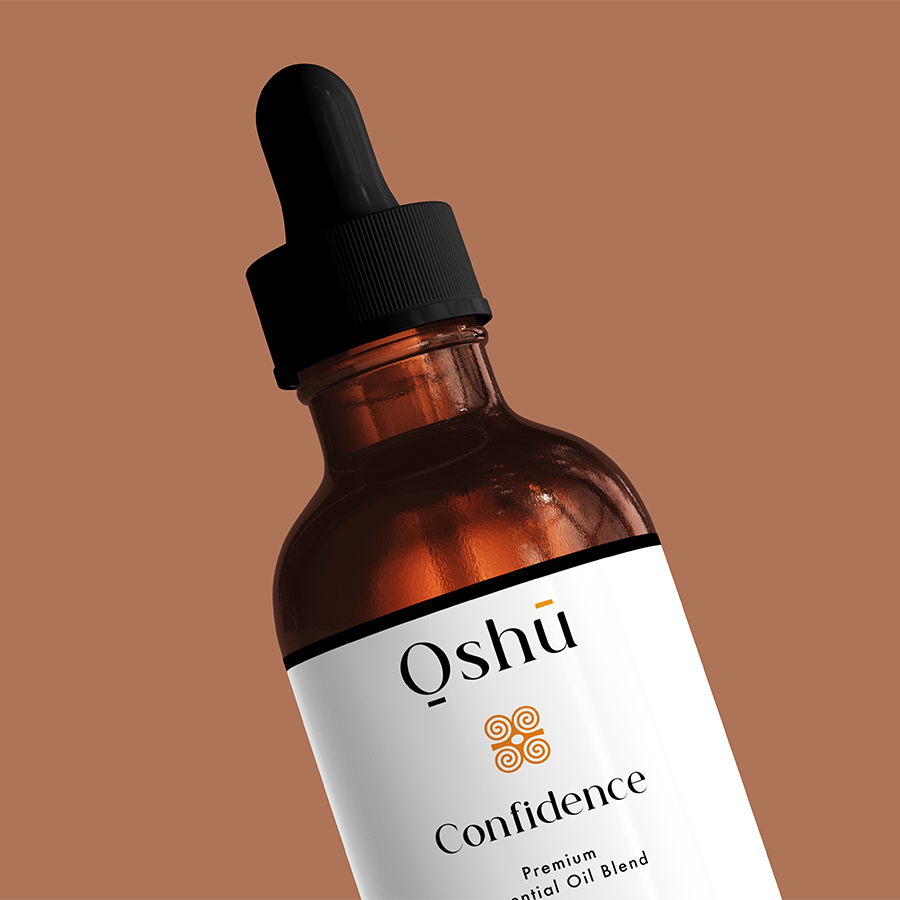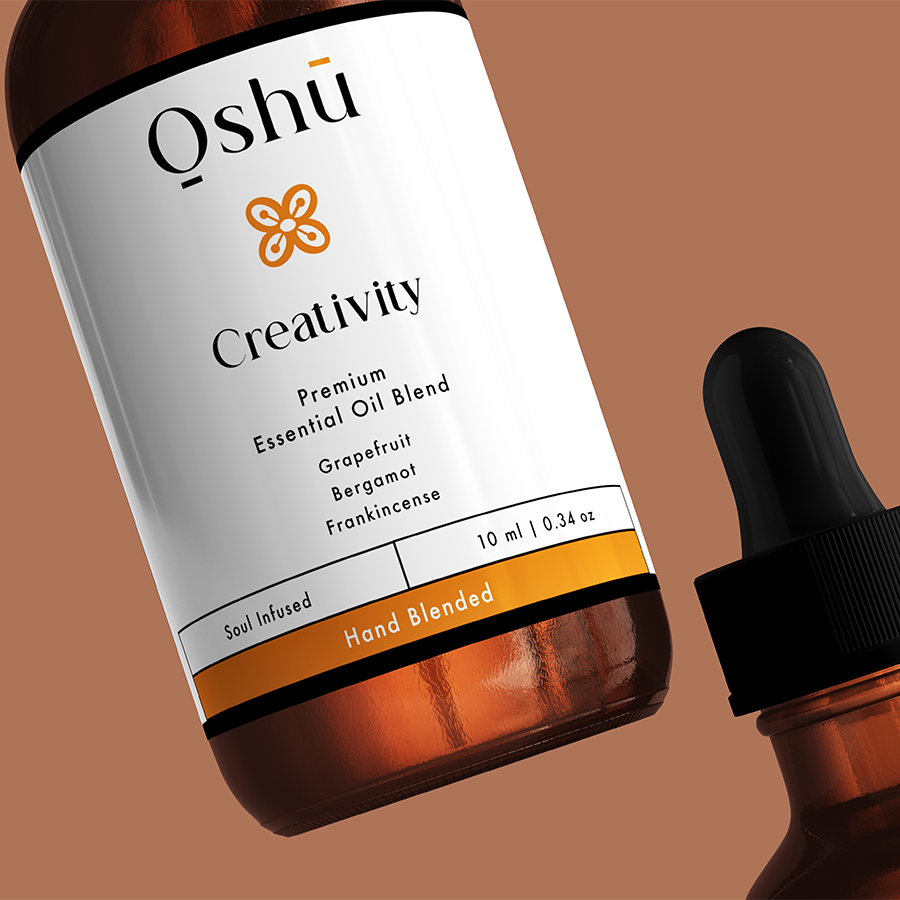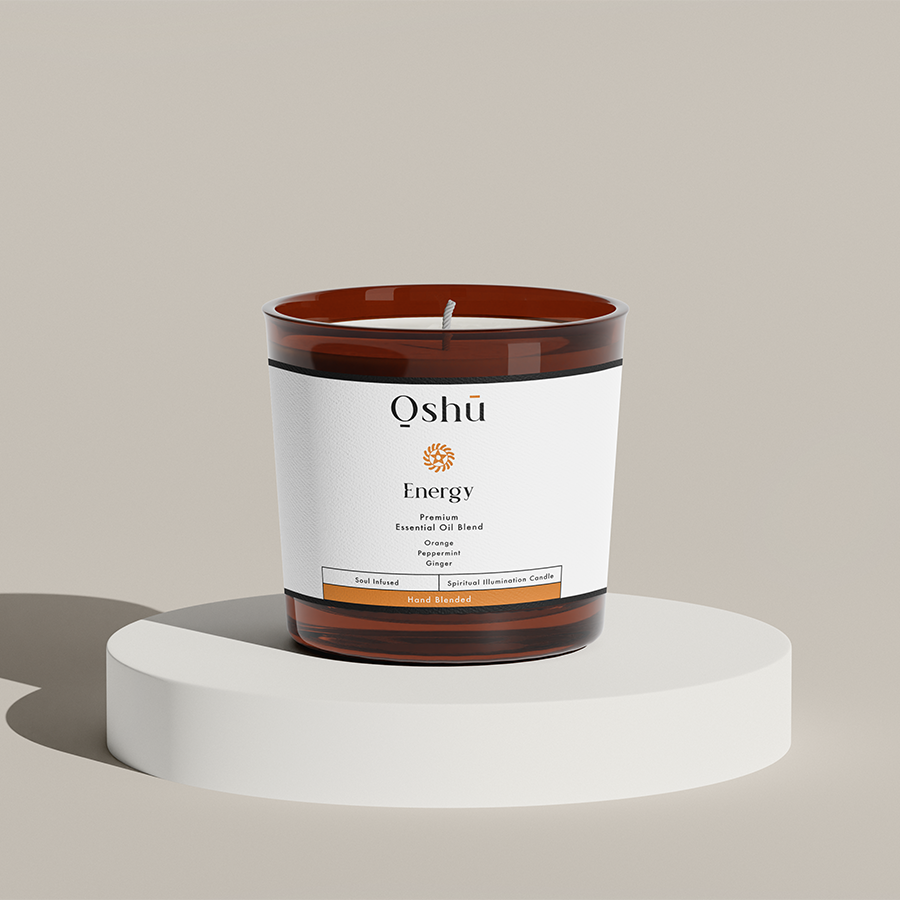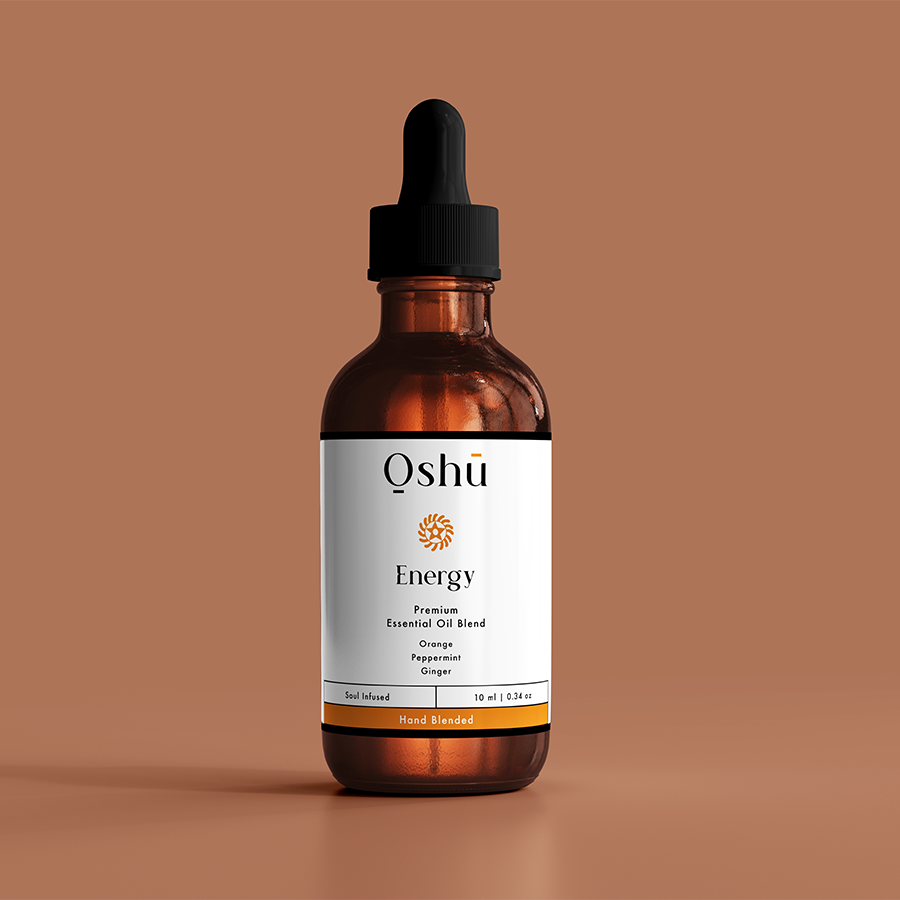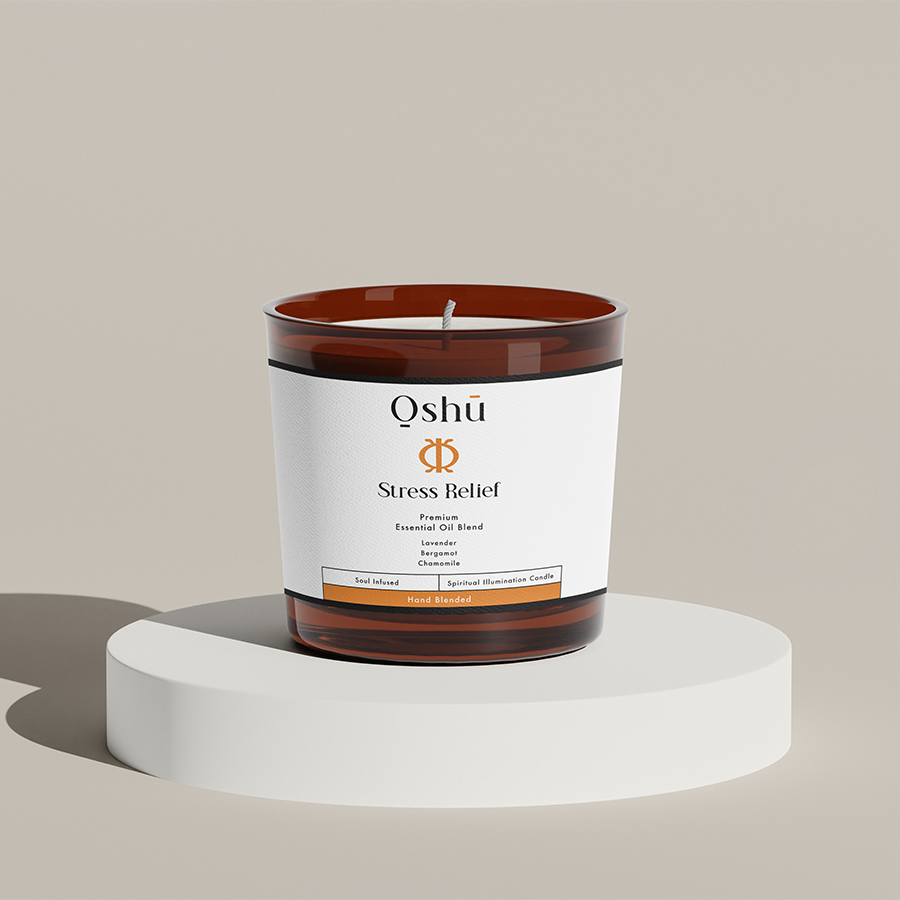Discover the fascinating process behind the creation of essential oils, nature’s powerful elixirs that have been used for centuries for their therapeutic benefits. Join us as we explore the journey these aromatic compounds take, from raw plant material to the concentrated oils that enhance our daily lives.
Methods of Extraction
Several techniques are employed in the extraction of essential oils from plant material. The method chosen depends on the type of plant and the desired end product. The most commonly used methods are steam distillation, cold pressing, and solvent extraction.
1. Steam Distillation
Steam distillation is the most widely used method of essential oil extraction. It involves passing steam through the plant material to release the volatile oil compounds. The steam and oil vapor mixture are then condensed and collected.
- Process: The plant material is placed in a distillation vessel, and steam is introduced, either directly or indirectly. The rising steam dissolves the aromatic compounds in the plant, forming a vapor mixture of steam and essential oil.
- Separation: The vapor mixture is passed through a condenser, which cools the vapor into a liquid mixture of water and essential oil. Since oil and water don’t mix, they separate, allowing for the collection of the pure oil.
- Advantages: Steam distillation preserves the natural compounds found in essential oils, providing a high-quality end product.
- Limitations: Some delicate essential oils can be damaged by the high temperatures used in steam distillation and may require alternative extraction methods.
2. Cold Pressing
Cold pressing, also known as expression or mechanical pressing, is primarily used to extract oils from citrus fruits. This method does not involve use of heat or solvents, maintaining the integrity of the delicate compounds within the oil.
- Process: Cold pressing involves mechanically pressing the outer peel of the citrus fruit to release the tiny pockets of essential oil.
- Advantages: Cold pressing preserves the delicate aroma and beneficial properties of citrus essential oils.
- Limitations: This method can only be used for citrus fruits and does not work on other types of plant material.
3. Solvent Extraction
Solvent extraction is often used for fragile plant materials, such as flowers, that cannot withstand the heat and pressure associated with steam distillation. This method uses a solvent, such as hexane or ethanol, to dissolve the aromatic compounds in the plant material.
- Process: The plant material is mixed with a solvent, which dissolves the essential oil. The oil-solvent mixture is then separated and the solvent evaporated, leaving behind the extracted essential oil.
- Advantages: Solvent extraction allows for the production of high-quality, delicate oils that are not damaged by heat and pressure.
- Limitations: Some solvents may leave behind traces of residue, which can be harmful or affect the quality of the essential oil.
How Essential Oils Are Made Example:
Let’s take a look at the process of steam distillation using lavender as an example. Lavender is one of the most popular essential oils, and its therapeutic properties have been widely documented for centuries.
Plant material: Lavender flowers are harvested and placed in a distillation vessel.
Steam: Steam is introduced, dissolving the aromatic compounds in the lavender flowers.
Vapor mixture: The steam and essential oil vapors travel through a tube into a condenser, where they are cooled and turned back into liquid.
Oil and water separation: The liquid mixture of lavender essential oil and water is collected, and the two naturally separate.
Finished product: The pure lavender essential oil is collected and bottled, ready for use in various applications, such as aromatherapy and skincare.
Now that you have a better understanding of how essential oils are made, we hope you appreciate the intricate process that goes into each tiny bottle. Feel free to share this article with friends and family who may be interested in learning more about the wonderful world of essential oils. Don’t forget to explore our other guides and articles on the Oshu Oils blog, where you’ll find tips, recipes, and in-depth information on everything essential oil-related. And of course, be sure to check out our collection of Oshu Oils Artisan Essential Earth Oils, each expertly blended to support your wellbeing.

